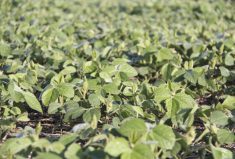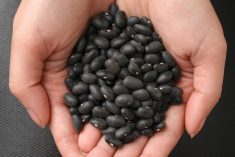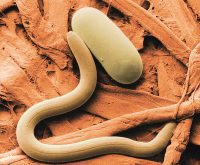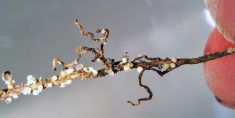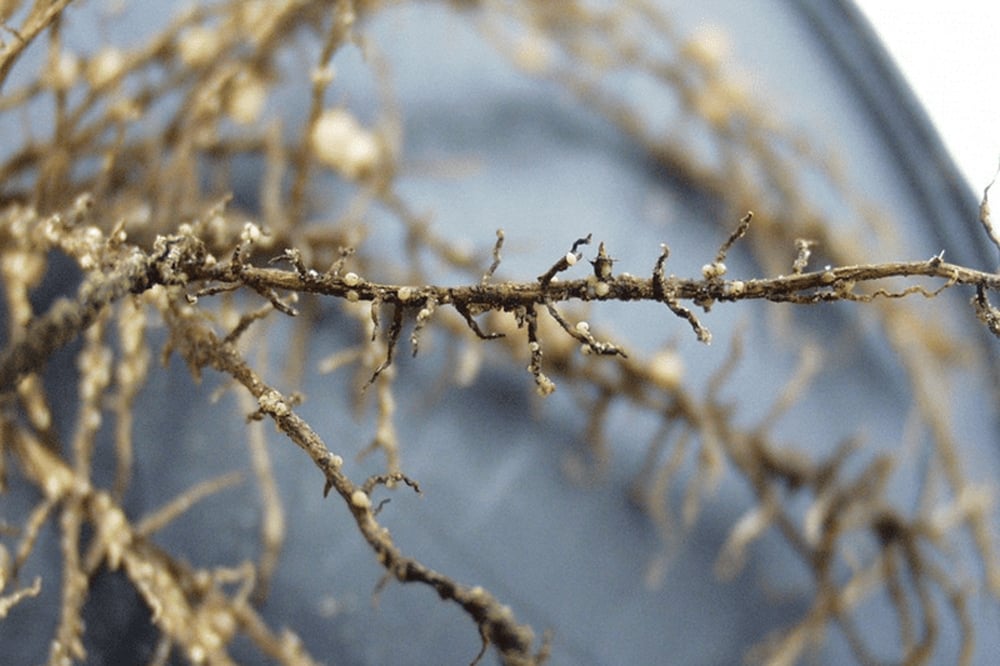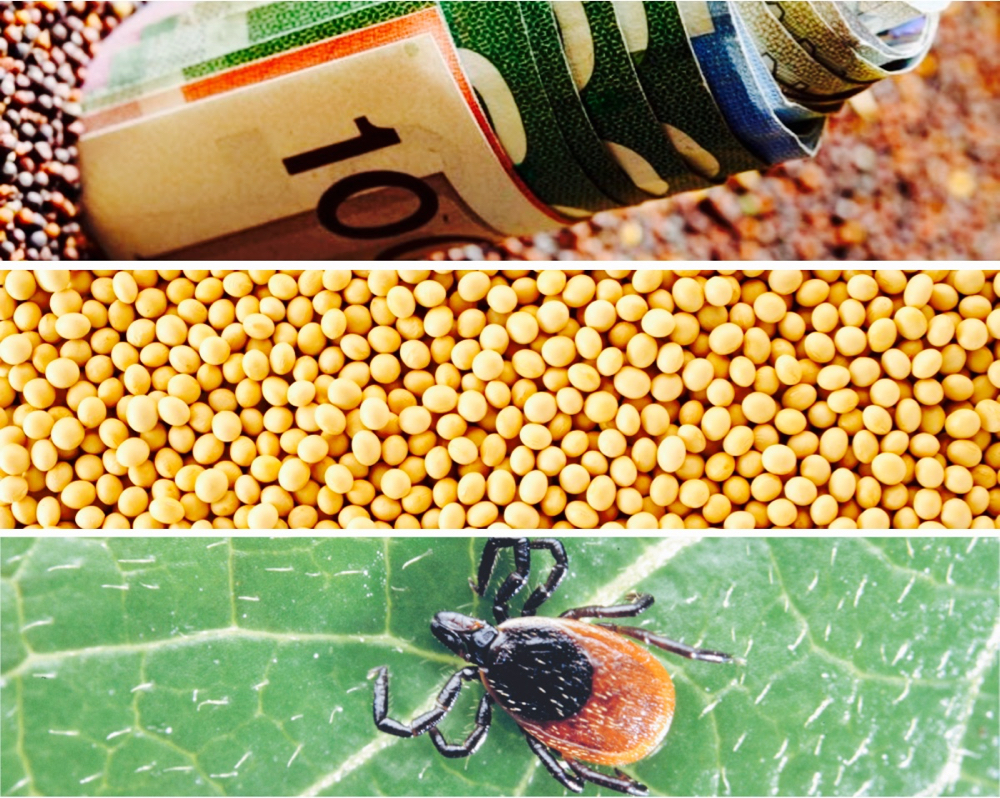Soybeans
The majority of soybeans are in the full seed stage, R-6 (full seed). Overall, soybean development is slightly ahead of 2014 with some fields starting to turn from green to yellow, and harvest may begin in early September. These early maturing fields correspond to very early planting, early varieties as well as some moisture stress. Extreme heat (Aug 10-15) and extreme moisture events recently have had mixed effects on soybeans.
Drought symptoms (wilting, pre-mature yellowing) were present in areas near Boissevain, Lowe Farm and Morden last week but has been somewhat alleviated from weekend rain. On the other hand, the extreme heat negatively affected areas that received high rainfall amounts in early August. High temperatures increase plant respiration, which makes excess moisture conditions significantly more detrimental.
Read Also

Province pledges funds to CentrePort Canada
The Manitoba government has pledged $450,000 towards projects at inland port CentrePort Canada.
Overall, the soybean crop continues to look very good. In many areas, soybeans are 4 feet tall, but does height translate to yield? There has been little correlation made between height and yield in soybeans. In fact, too tall soybeans can be more prone to lodging.
Soybean yield is a function of plant population, pods per plant, seeds per pod and seed size. The most obvious component is pods per plant. Average pod counts range from 15 to 30. It is not surprising, however, to find some plants with over 40. To evaluate yield potential, use the Yield Estimator tool in the MPSG Bean App.
Soybean aphids continue to be present with some insecticide applications being warranted. However, most fields have remained at or below threshold without increasing due to high populations of natural enemies and hot, wet weather which has not been favorable.
White mould late season Phytophthora are the primary disease concerns that could impact yield.
Dry Beans
Light red kidney bean harvest began near Winkler on August 18 and will continue to progress. Extreme heat in mid August hastened maturity but has taken some yield from edible beans due to flower and pod abortion. This has been evident particularly on the youngest pods at the top of the plant which can provide “bonus yield”. Rust is being reported in North Dakota; it occasionally shows up in Manitoba as well and should be monitored up until R-7 (plants green, blossom on tendril). Most beans are at R-8 (leaves yellowing over half the plant) with 10-12 days until R-9 (mature, 80 per cent pods showing yellow). As fields yellow, timing is being monitored for cutting and desiccation.
To read the full Bean Report for August 25, view this downloadable pdf from the Manitoba Pulse & Soybean Growers.



